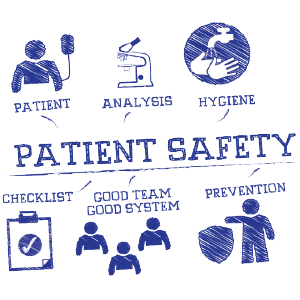Learning from Aviation

© Trueffelpix / SHUTTERSTOCK.COM
Capt. Carron decided to became a member of the hospital’s annual safety training after a leadership change there and says the hospital has undergone changes since his family’s tragedy. He draws parallels between aviation and the medical field. In aviation, for instance, there are briefings and checklists; in medicine, there are “timeouts” and checklists. In aviation, there is “crew resource management”’; in medicine, teamwork training. In aviation, there are crashes or investigations into mishaps; in medicine, there are sentinel events and investigations.
Explore This Issue
March 2020“Aviation safety systems are being applied right now in some degree to medicine,” Capt. Carron said. “These human performance enhancers and control mechanisms just need to be accelerated if we want to make a true difference in patient safety. They are low cost with high return. Mistakes will happen, but it is our ability to hardwire lessons learned that makes a high performance organization. Naval aviation has come a long way to achieve our safety record. Flying high-risk missions, with a lot of adaptability and flexibility, and entrusted with the lives of others, has a strong correlation to the operating environment of healthcare.”
The Institute of Medicine estimates 268 deaths due to medical errors a day—the equivalent of a jumbo jet crash every day, Capt. Carron noted, and recent estimates suggest this figure may be much higher. A renewed focus on patient safety is a worthy pursuit for both moral and economic reasons, he said.
In the case of this hospital, a change in leadership prompted by the tragedy has led to a culture change, and the medical staff has thanked his family, he said.
“The hospital has seen tremendous positive change in both safety and efficiency,” he said.
Thomas Collins is a freelance medical writer based in Florida.
Medical Errors Still a Top Killer
In 1999, the Institute of Medicine published a landmark report, “To Err is Human.”
The report’s authors estimated that up to 98,000 people in the U.S. die every year because of medical errors and called for a national patient safety movement. In response, the Clinton administration issued an executive order mandating that government health agencies implement strategies for reducing medical errors, and Congress called for hearings. The report has also been credited with influencing an entire niche of medical research focused on improving patient safety (Qual Saf Health Care. 2006;15(3):174–178).